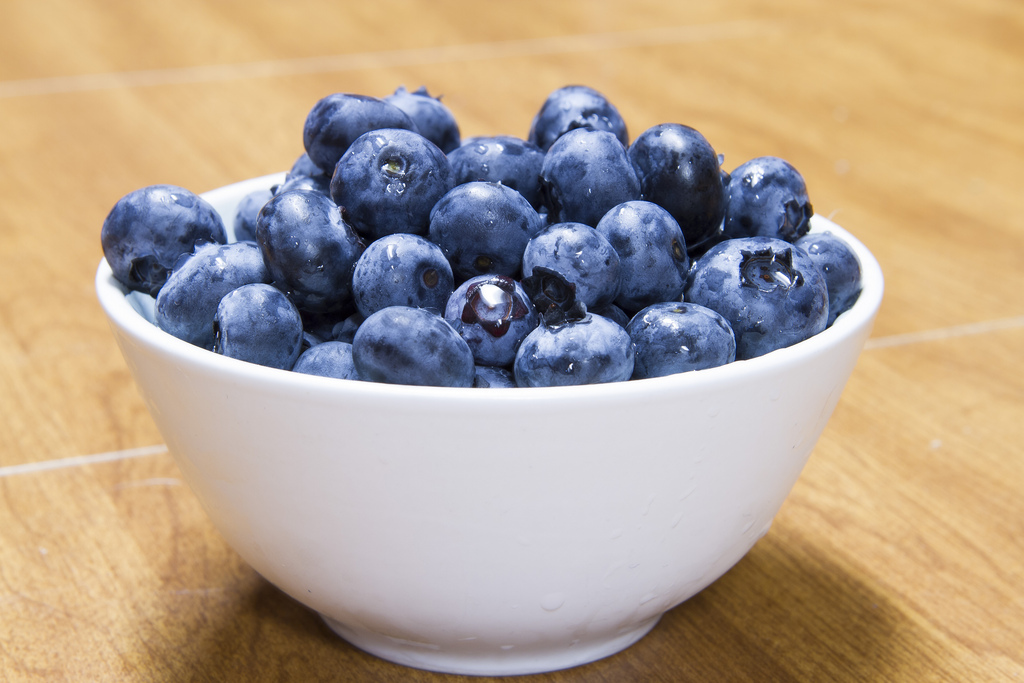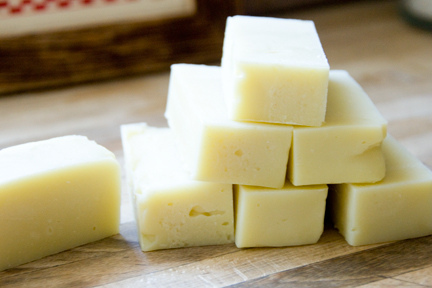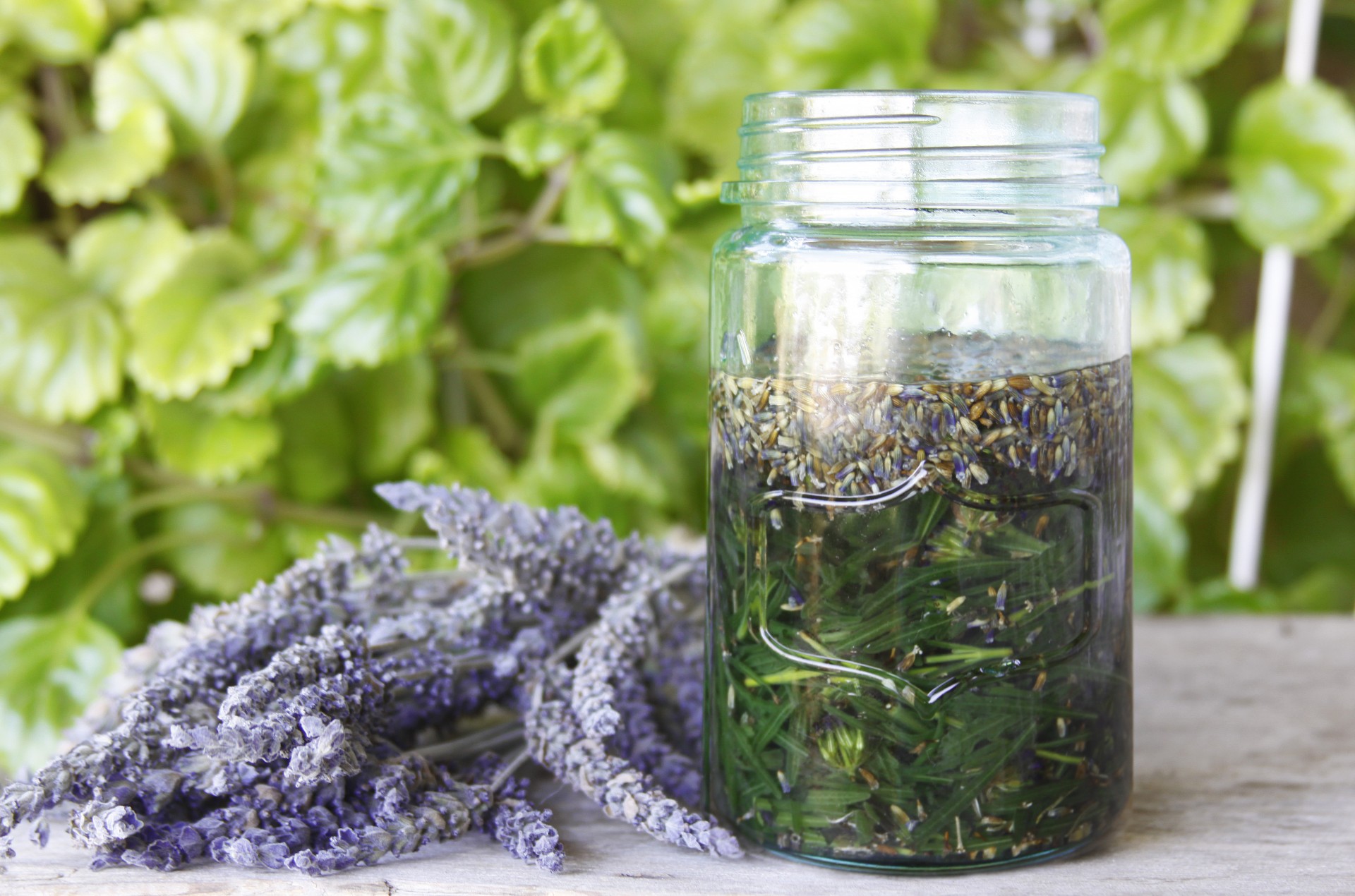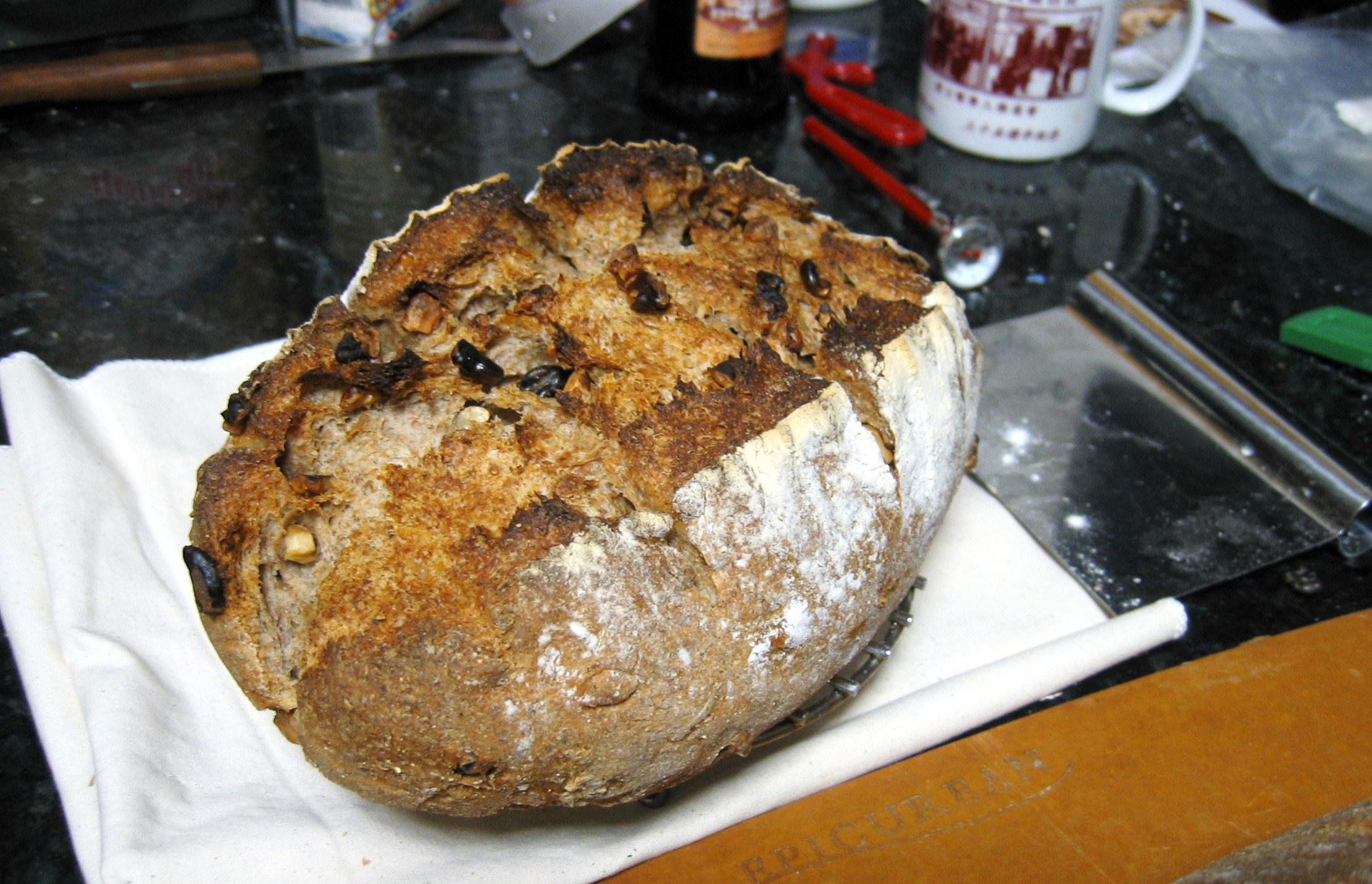4 Delicious Ideas for Using Blueberries
We’re in the thick of blueberry season here in North America, and there’s so many things you can do with these delicious little berries. Blueberries are considered one of the most nutritious foods on earth; a bonafide superfood. They are high in antioxidants-higher than any other fruit or vegetable, in fact. Some studies have shown … Read more







